Students of Taoism and Eastern philosophy will inevitably come across the notion of the Ten Thousand Things. And like so many aspects of Eastern spirituality, what appears so simple and mundane turns out to be brimming with esoteric mystery. We’ve touched on this theme before, in our meditations on Om: the Sacred Syllable, the Meaning of the Mandala, and Bamboo Symbolism in myth and folklore. We’ve even shared an animated discussion of the Ten Thousand Things on YouTube.
NOTE: This article first appeared in April 2019, most recently updated in April 2025.
Eastern mysticism and spirituality
The Tao that can be told is not the eternal Tao;
TAO TE CHING, 1
The name that can be named is not the eternal name.
The nameless is the beginning of heaven and earth.
The named is the mother of ten thousand things.
The first four lines of the Tao Te Ching let you know exactly what to expect from the next 80 short “chapters” of mystical philosophy. The early Chinese wisdom text immediately and unmistakably presents itself as a collection of paradoxical aphorisms.
It is and it is not. It does and it does not. The Tao has given us heaven and earth. And everything else has given us the Ten Thousand Things.
Now don’t expect a simple one-to-one interpretation of these propositions. The philosophy of Taoism, like most forms of mysticism, is a system of truth held together by puzzles and contradictions. Who feels it knows it.

Yin and Yang
One of the fundamental concepts in eastern philosophy is the spinning of Yin and Yang that we’ve all seen on tattoos, t-shirts and coffee tables, among ten thousand other things. In the symbol of eternal balance, the black is the Yin, feminine principle of passivity, darkness and cold. Meanwhile, the white represents the hot, active, masculine principle of the Yang.
In the circle of Yin and Ying, we see the opposing principles united in perfect harmony. At the center of the white drop sits a black dot, and in the middle of the blackness we see a white dot. In the place of greatest darkness, there is light. And in the place of greatest light, there is darkness.
The Ying Yang, therefore, is a perfect example of a dualistic worldview. Other dualist models divide the world into body and mind, being and non-being, or the sacred and the profane. Throughout the east and west, we find philosophies that divide the universe into opposing categories of good and evil, or matter and spirit.
Taoism suggests a single, unifying principle, one that cannot be named. In this sense, we could describe Taoism as monist rather than dualist. All things are one. Or as the Hindus would say, all things are Brahman.
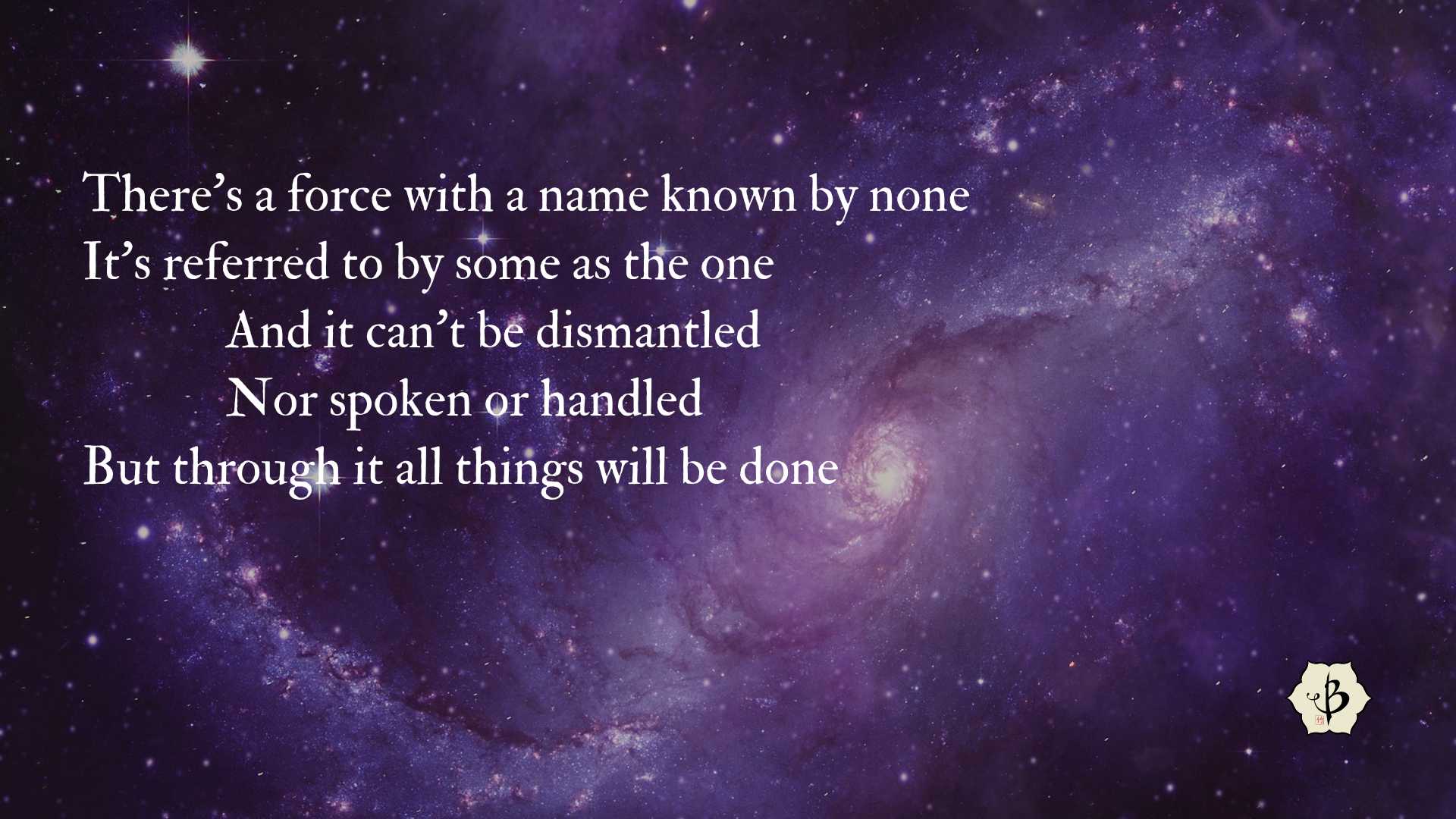
More than One
But hold on. It’s not that simple. The monist principle is “the beginning of heaven and earth”. So Taoism embraces both monism and dualism? Yes and no. Remember, this is a system founded on paradox and contradiction.
In addition to the monist and dualist models, we also have the paradigm of multiplicity. The universe is not all one. Neither is it the product of opposing forces. Instead, the cosmos is comprised of Ten Thousand Things, or too many things to count. It is one, it is two, and it is many.
You might ask, are heaven and earth included in the Ten Thousand Things? Or are the Ten Thousand Things something separate from heaven and earth? If the nameless produces heaven and earth, and the named produces the TTT, then they would appear to be separate.
At the same time, the Ten Thousand Things seem to be a product of the union between Yin and Yang, between heaven and earth. And indeed, many simply understand the Ten Thousand Things to stand for all that is material and mundane, belonging to the province of all things earthly.
Again, what appears to be simple on the surface, is anything but simple. It is like the sound of one hand clapping.
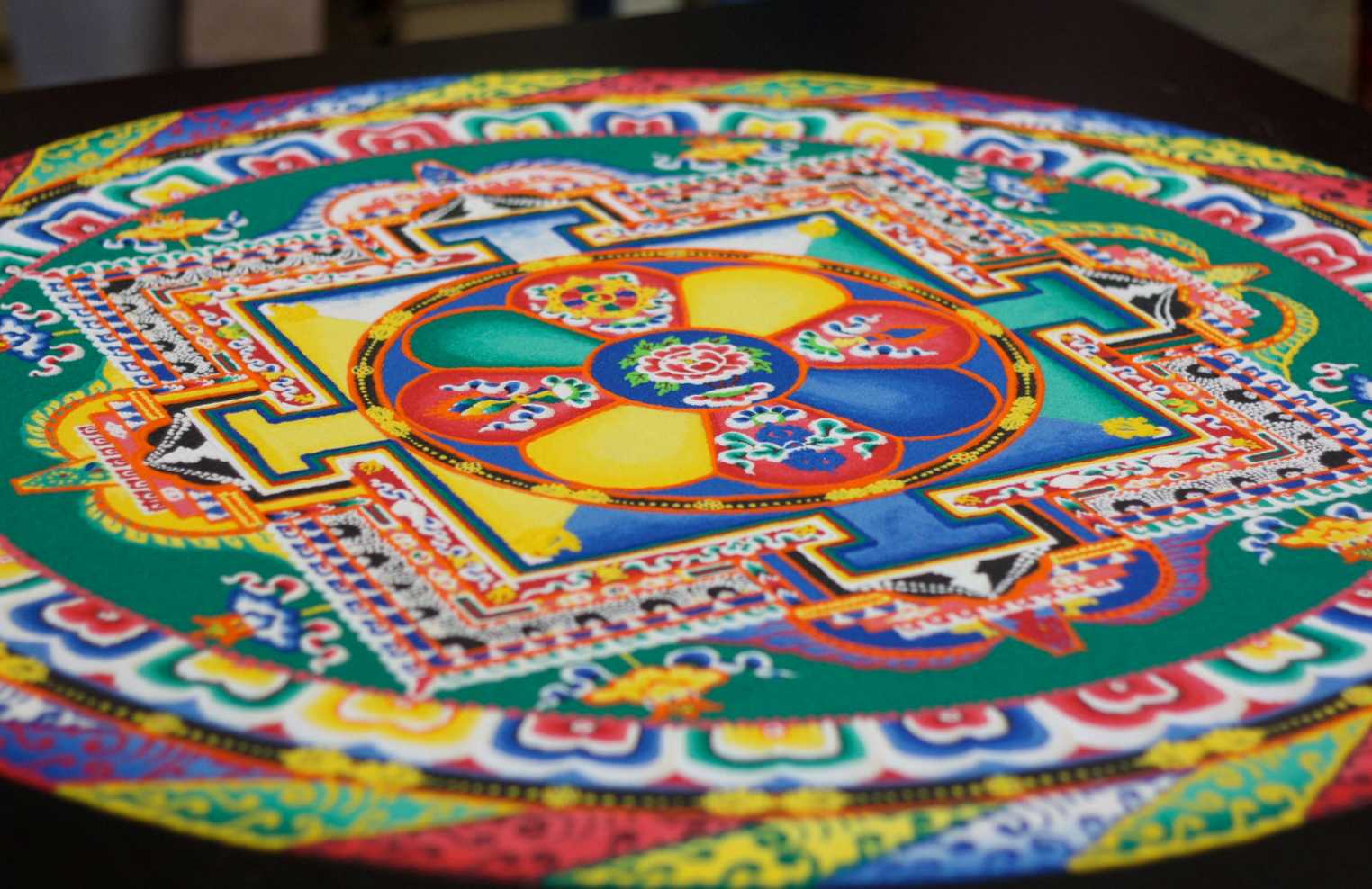
Numbers and Numerology
The Tao generates the One, the One generates the Two, the Two generate the Three, the Three generate the ten thousand things.
TAO TE CHING, 42
I could go on and on about the number 42. It is the number of gods in the Ancient Egyptian pantheon. The Hitchhiker’s Guide to the Universe names 42 as the answer to the Ultimate Question of Life. And here, chapter 42 of the Tao Te Ching addresses the numerical genealogy of the Ten Thousand Things. But it would be better not to wander off into another ten thousand tangential topics.
It is common in many religions for a single force or god to emerge from the emptiness or the void. Greek cosmogony begins with Chaos, followed by the emergence of Gaia and two more primordial deities. In Genesis 1:2, “The earth was without form, and void; and darkness was on the face of the deep. And the Spirit of God was hovering over the face of the waters.”
In embryonic biology, and from many mythologies, we know that one cell splits in two, and two split into four, and so one. It is especially interesting then than in Taoism, the two produce three, before they can produce four.
In most systems of symbolism, three is the number of the spirit and the divine. Think of the Holy Trinity. Four, on the other hand, is the number of earth and matter. Think of the four directions, or a house with four sides. Finally, back to Ancient Egypt, recall the shape of the great Pyramids that connect heaven and earth: a four-sided square for its base, and an upward pointing triangle on each side.
So it is no accident that the Taoist cosmology goes from two to three, before continuing to four. And instead of four, we go straight to the Ten Thousand Things. Clearly the Ten Thousand Things are a stand-in for the earthly matter (the four).
Many have also pointed out that 10,000 is ten to the fourth power. This explains why the Tao goes from 1, 2, 3, straight to ten thousand. And this is how we get from the unnamable to the innumerable, also known as the infinite.
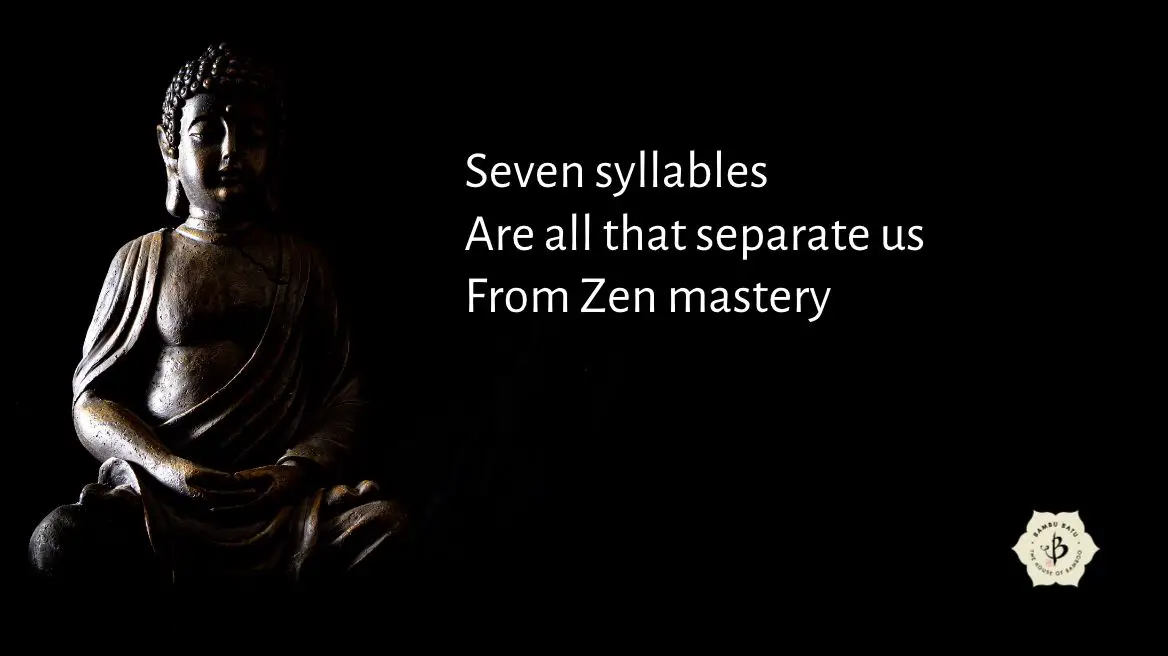
Conclusions
On one hand, the Ten Thousand Things refer to the multitude of daily distractions that cloud our minds and clutter our lives. This is the realm of the tedious, the mundane, and everything that disconnects us from our higher spiritual potential.
But at the same time, it is necessary to understand that the Ten Thousand Things are a direct product of the Tao. In other words, denying our material bodies and our mundane responsibilities will not bring us any closer to union with the ultimate and the unnamable.
To live in harmony with the Tao, we must embrace all things. That includes the following:
- That which cannot be named;
- The One, whom we might call God, or Gaia, or Brahman;
- The Two, which we might call Yin and Yang, or good and evil;
- The Three, or our own souls and spirits;
- And the Ten Thousand, meaning our physical bodies, our worldly duties and our countless distractions.
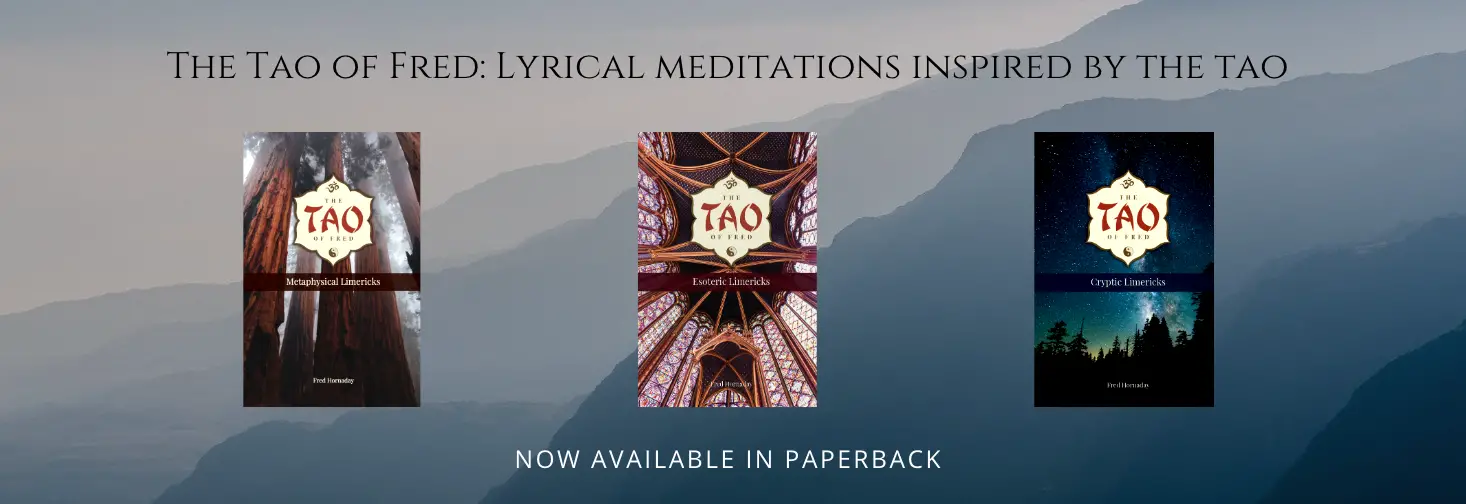
The Ten Thousand Things elsewhere in art and philosophy
The notion of Ten Thousand Things is not unique to China or to Taoism. We see similar themes and paradoxes throughout Eastern and Western philosophy.
Plato and Parmenides
Like most concepts of Western philosophy, Plato was the first to bring attention to the clash between the One and the Many. He also wrestled to understand the relationship between Being and non-Being.
Take a look at the Platonic dialogs the Parmenides and the Sophist to learn more about these philosophic conundrums.
The New Testament
I mentioned a passage from the Book of Genesis earlier, but there are also verses in the Gospel of John that might ring true for a Taoist. Earlier I pointed out that the nameless Tao was both the beginning of all things, and at the same time was contained among these things. The Tao brought forth the Ten Thousand Things, but the Tao might also be counted as one of those things.
We find a very similar paradox in 1 John, chapter 1. “In the beginning was the Word, and the Word was with God, and the Word was God. He was in the beginning with God. All things came into being through him, and without him not one thing came into being. ”
The Word—which is an imprecise translation of the Greek “logos” and might also be translated as the Tao—becomes flesh. So the Creator comes into the world and is in the world which was created by Him. Once again we have a mystery to be pondered, not a puzzle to be solved.
John Cage
If you’re familiar with the music of John Cage, you know that he’s notorious for incorporating a multiplicity of worldly distractions into his compositions. He even wrote a 45-minute piece called The Ten Thousand Things. One of his most self-referential pieces, this rare blend of spoken word and ultra-modern classical musicality mentions the Tao and the I-Ching. It also channels Allen Ginsberg, and it’s well worth listening to.
The Tao of Fred
When I’m not writing articles about bamboo cultivation and Eastern philosophy for Bambu Batu, I also write metaphysical limericks, inspired by Taoism and other religious traditions. A series of my lyrical meditations is now available from Amazon. The Tao of Fred is a whimsical yet thought-provoking collection with a deeply spiritual orientation.
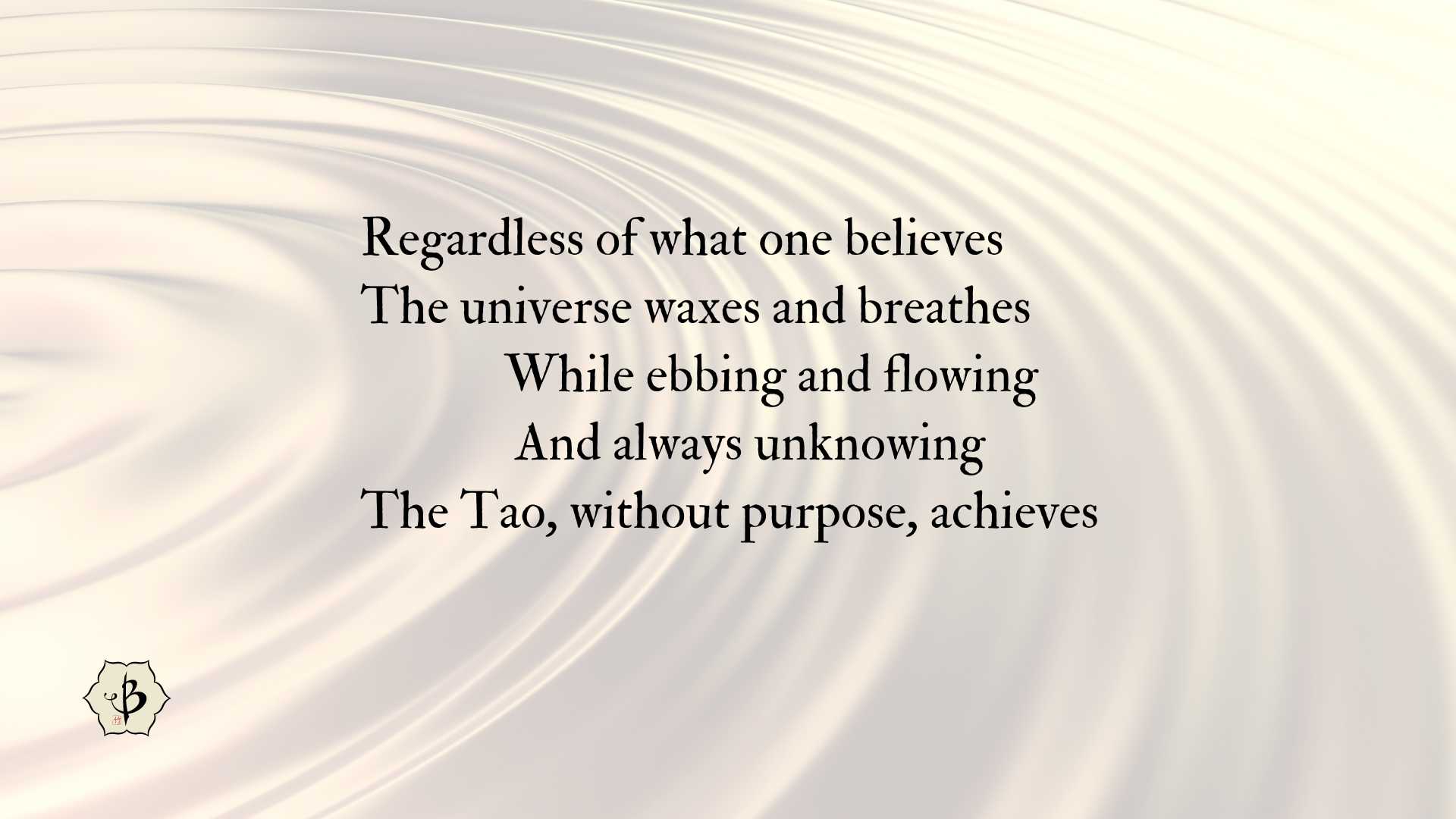
Further reading
If you enjoyed this article, you also want to check out these other excursions into Eastern philosophy and symbolism.


























I consider “The Ten Thousand Things” of Tao Te Ching” as not unlike the Biblical Hebrew concept of “ra’ah” or the Biblical Aramaic concept of “re’ah” referring etymologically to the notion of ‘breaking to pieces’ of ‘bruising’ and hence figuratively referring to that which essentially is or becomes ‘good for nothing’ or ‘bad’ or even “evil” physically, morally, socially — in effect, ‘divided’ as distinct from being undivided or being whole or complete; not being “individuated” as Carl Gustavius Jung might have considered.
Thank you, Karl. Your insights are much appreciated!
Ra’ah just means to ‘to percieve’. Percieving things ‘as is’ does not render them uselfess or evil. They just ‘are’. LaoTzu merely spoke about the state of witnessing what is. Being able to witness everything ‘as is’ devoid of concepts and labels about them allows one to be free of attachment to things. Being free of attachment to things brings release from pain and suffering. BUt Joy and fullfillment are still felt, especially so, since there is no longer any fear of loss. Evil is a concept that arises due to the extremes to which people go inorder to try to satiate their personal insecurity.
Others say there is no such thing as Evil, only the absence of Good. Thus have I heard it.
I painted a watercolor landscape at the beach and named it The Ten Thousand Things. At the time I was thinking of wabi sabi, or imperfection in art. The scene encompasses ocean, sky, beach, and mountain–too much to actually depict in any one painting, but a great deal to experience. I considered the 10,000 things to combine earth and spirit, time and timelessness.
Thank you, Helen. I’d love to see the painting. I’m also a fan of Wabi Sabi.
The ‘Ten Thousand Things’ are only an obstacle to inner-peace and fulfilment in the world when mental concepts, thoughts and labels about them are perpetuated by our reactions to them, creating longing and unease.
Be rooted in each and every present moment, there is only one, not many, just one…it is eternity…and witness the constancy of change that is the universe in motion, the living and dying, and everything in between.
The Self is the witness. It is felt in the heart as You….devoid of thoughts, labels, or concepts about anything. including you.
Bliss only occurs when there is no emotional longing. It is a feeling of satiation.
Chasing the fulfillment of longings perpetuates longing, for when one thing is obtained and a little pleasure recieved, that thing, or another, has to be always chased in order to obtain satiation.
One who has surrendered to ‘the way’, fully and sincerely, does not feel longing for anything, and is fully satiated from within.
This occurs spontaneously, when we are firmly rooted in ‘now’, by emptying the mind in meditation, and opening our heart fully in surrender, throug the breath, to the silence within.
*
Thoughts, labels, and concepts about this can lead us to it, but one cannot drink of the bliss, joy, and contentment that is in the reality they allude to and describe, so long as they remain.
Once the blissful unattached witness is established in that state, within the Tao, one’s thoughts, words, and deeds spontaneously nourish the way, each one measured and balanced by the way, felt first, then spoken, acknowleding the fact that the Self is the same in everyone.
Thus humanity can accomplish peace and harmony with itself, and all things.
Wow ,it’s beautiful and eye opening 🥺🥺. Beautiful is creation …but the beauty of the Tao must be infinite